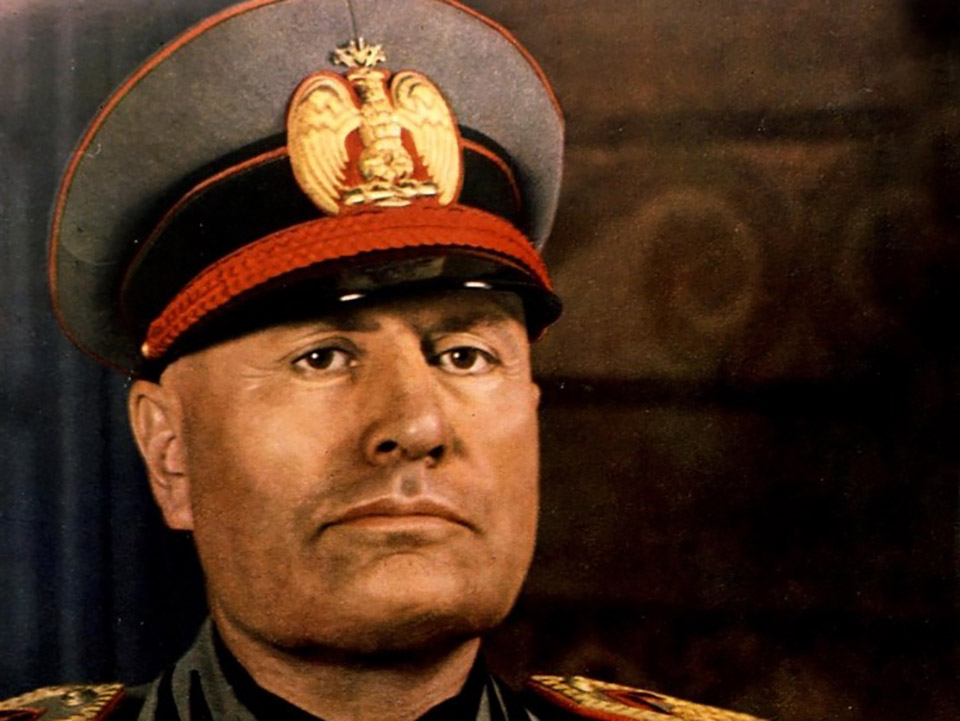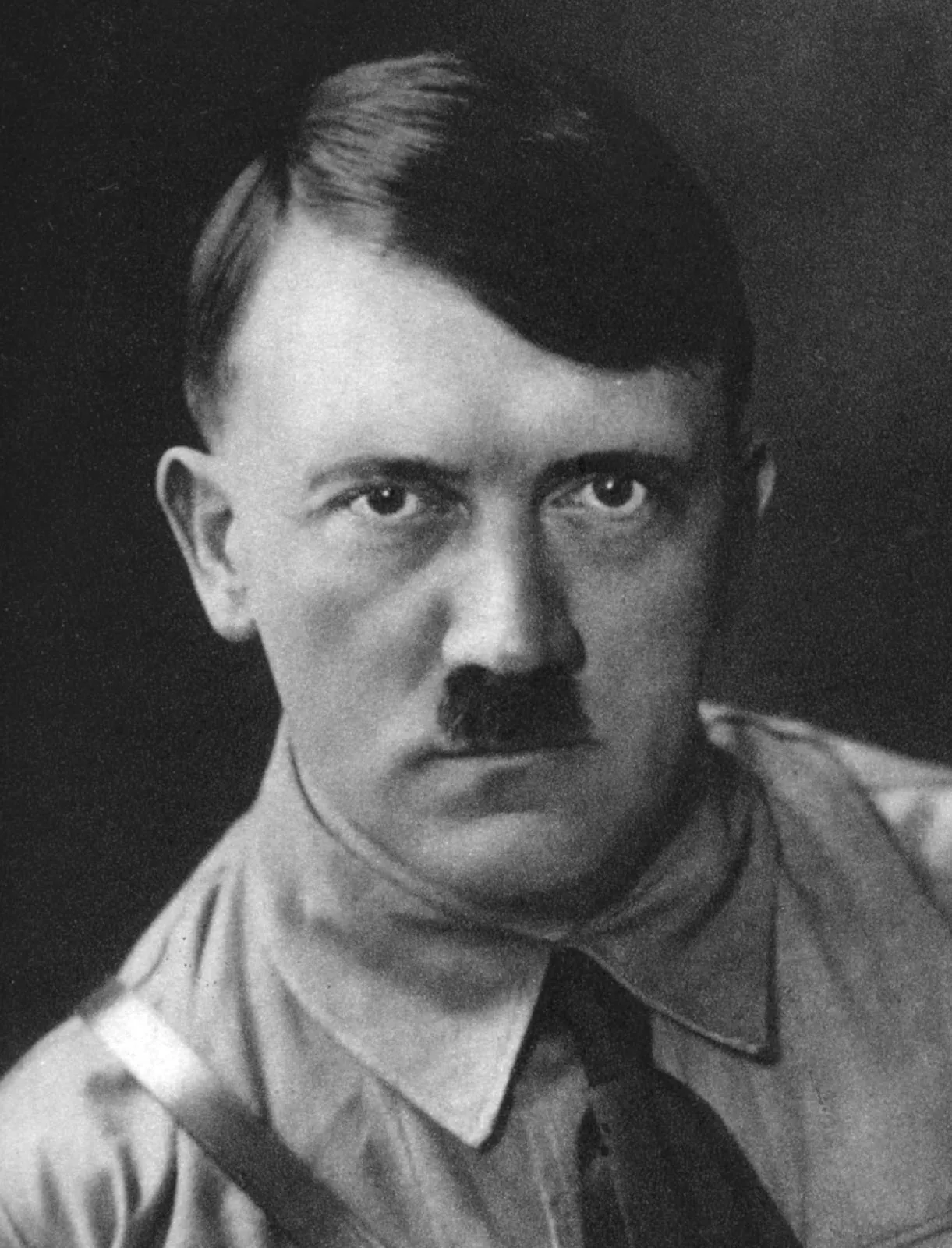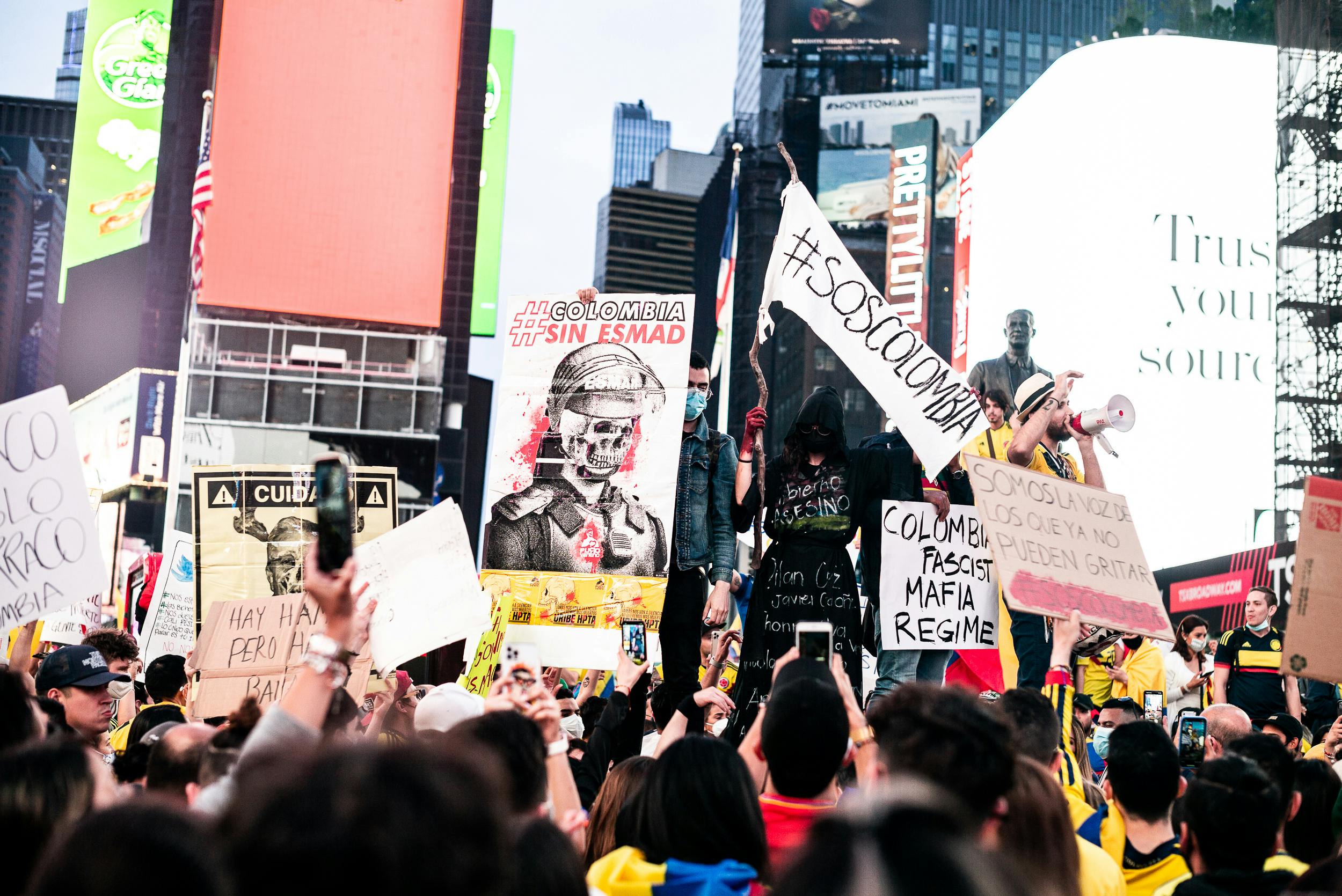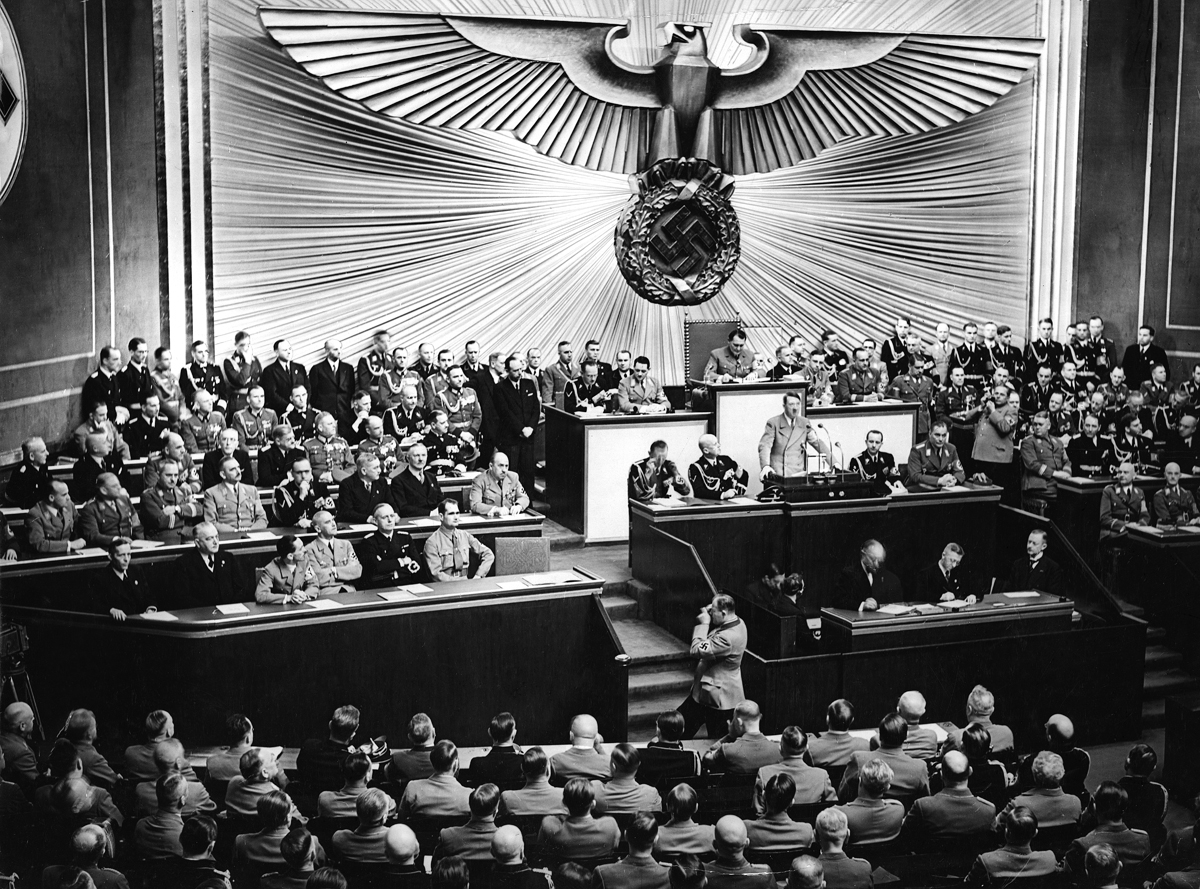What Is Fascism?
An extreme ideology of total control, ultranationalism, and the suppression of all opposition.
Fascism in a Nutshell
-
One Leader, Total Power
A single dictator holds all authority. Democracy and elections are eliminated.
-
Extreme Nationalism
The nation is glorified above all else, often leading to aggression and an "us vs. them" mentality.
-
Suppression of Dissent
Opposition is crushed through force, censorship, and propaganda. Individual rights are secondary to the state.
Meet the Pioneers

Benito Mussolini
The Founder
The State is Absolute
"All within the state, nothing outside the state, nothing against the state."

Adolf Hitler
The Executor
Racial Purity & Expansion
"The victor will never be asked if he told the truth."
So, where do YOU fit in?
You've seen the ideas. Now see how your own views measure up on the political spectrum.
Take the Free TestA Deeper Dive
Understanding Fascism: A Simple Guide
Fascism is one of the most dangerous and extreme political systems in modern history. It led to wars, mass killings, and the loss of freedom for millions of people. Put simply, fascism is a political ideology that wants one strong leader to control everything. It crushes opposition, puts the nation above all else, and often blames outsiders or minority groups for a country’s problems.

Where Did Fascism Come From?
Fascism started in Italy after World War I. People were angry, jobless, and scared. In this chaos, Benito Mussolini promised to make Italy powerful again. He said Italy needed one strong leader—him—and a nation united under one flag. His party was called the Fascist Party. He took away press freedom, jailed his enemies, and used violence to stay in power. In the 1930s, Adolf Hitler did something very similar in Germany. After a huge economic crash, he rose to power promising jobs and pride. But he also spread hate, especially toward Jews and other minorities. His party, the Nazis, ruled using fear and lies.

Key Traits of Fascism
In a fascist state, the government controls the press, the schools, and even people’s private lives. This is called totalitarianism — total control over everything. Fascists don’t believe in democracy. In an authoritarian system, leaders don’t answer to the people. They use ultranationalism, an extreme form of nationalism, saying their country is better than all others. They build a hero image around their leader. You don’t question them—you worship them.

Why Should You Care?
You might think fascism was left behind in the 1940s. But books like Fascism: A Warning by Madeleine Albright and How Fascism Works by Jason Stanley show how parts of fascism still pop up today. Leaders in different countries have used nationalist ideas, attacked the press, and stirred up fear of outsiders. As On Tyranny by Timothy Snyder warns, free societies don’t stay free by accident. We have to protect them by knowing the signs of rising tyranny—before it’s too late.